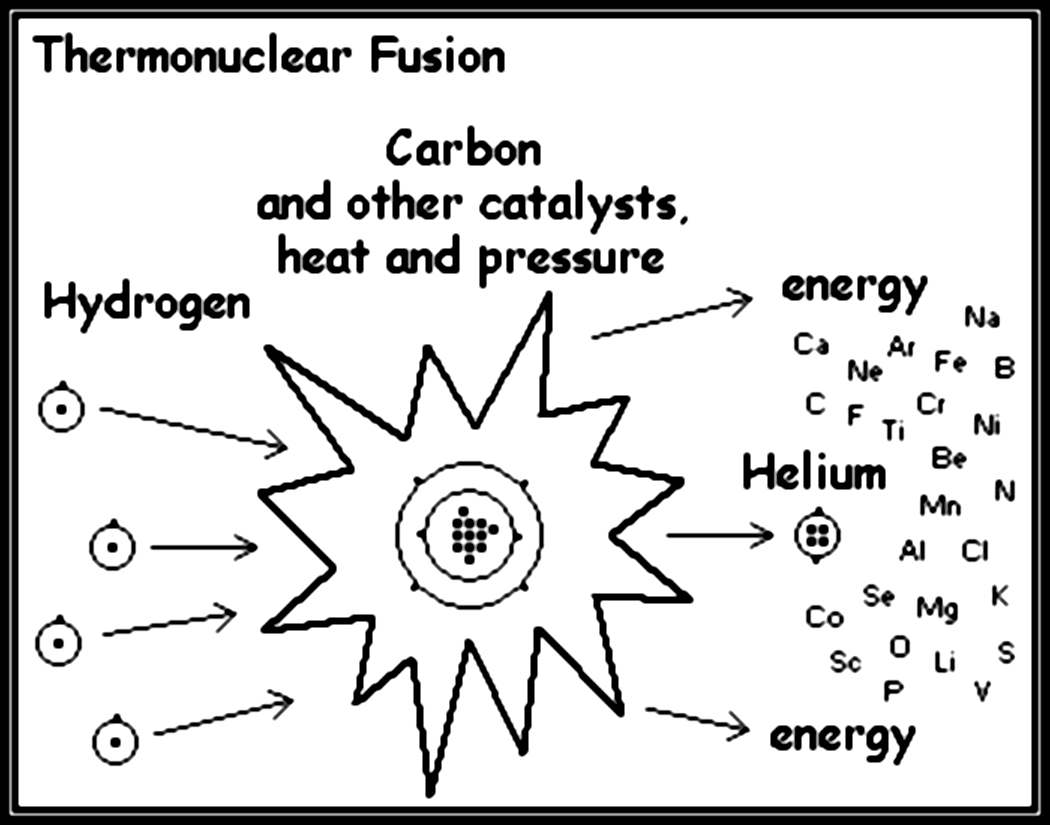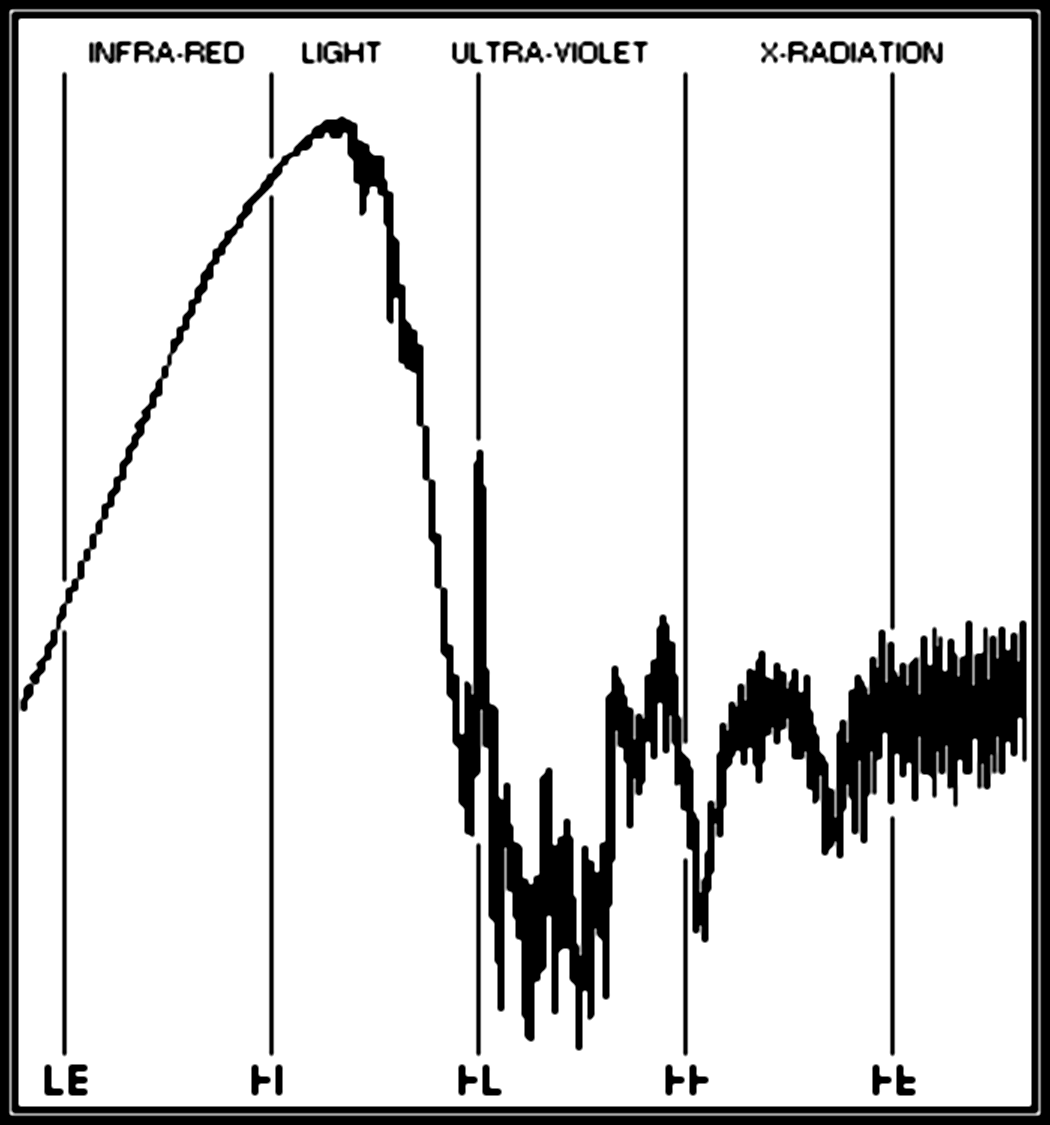Chapter 3: Solar System Primary
“Oh . . . my . . . god,” Sata said under her breath as she stared with wide eyes. On her display, a huge loop of orange fire slowly arched up from the boiling yellow surface, almost reaching their current altitude.
“All crew members are on-duty in a situation like this,” Ilika stated calmly.
Boro’s mouth hung open as he gazed at the inferno below. “Y . . . yeah.
Thrusters are all warmed-up, just in case.”
Mati continued to stare at her fiery display. “The sun . . . is burning!”
“The . . . um . . . temperature and . . . um . . . radiation . . .” Rini whimpered in a thin voice.
“You feeling okay, Rini?” Kibi asked from her console.
“N . . . not really. Um . . . I promised I’d practice orbit excursions every chance I got . . .”
Kibi got a bowl from the galley and took it to the watch station with a motherly look of concern.
Ilika held in a smile. “Do you think a space suit could handle these radiation levels?”
Rini looked up the answer with sweating, shaking fingers, bowl in his lap.
Soon he started breathing easier. “Whew! Not by a long shot!”
Ilika smiled, then tapped at the controls on the arm of his chair and a diagram appeared on the main bridge screen.

NEBADOR Book Five: Back to the Stars 13
“Let’s peek at what’s happening down there. The chemical reactions you’ve studied involve the electrons around each atom. This is different.
Here, great heat and pressure are forcing changes to the nucleus of the atom.
There are several types of stars, but all of them burn hydrogen. Carbon is most often present as a catalyst, a helper that isn’t changed by the process.
Helium is created, a sprinkling of heavier elements, and a huge amount of energy.”
As Ilika spoke, five pairs of eyes went back and forth from their visual displays to the diagram.
“The energy comes out as heat and light?” Boro asked.
“Every kind of energy you can imagine, Boro, and some particles too strange to classify. Rini, give us a full-spectrum graph.”
Rini touched a small part of his display. “Channel four.”

NEBADOR Book Five: Back to the Stars 14
Ilika spoke in a calm voice as he went from station to station checking on his crew. “Even though visible light from the sun has the most energy, it’s easy to deal with.”
Rini chuckled nervously. “I just imagined Manessa wearing a sun hat!”
Ilika grinned. “See that sharp spike in ultra-violet? There’s a layer in our space suits just to deal with it. But the x-rays are far worse, even though they have less energy, because they can penetrate so deeply. It’s not the heat that keeps Rini from doing an excursion here, it’s the x-rays.”
The freckled lad smiled at his captain.
“Manessa’s hull is the only part of this ship that can withstand all that radiation. As Boro knows, Manessa can’t use atmospheric engines here, even though a fair amount of matter is present, because that would draw the hot solar material into the ship. Space thrusters use fuel very quickly, so we rarely use them. This is the best place to see what they’ll do. Prepare for anti-mass failure drill.”
Mati swallowed, then selected the emergency escape course and put it on her display.
Ilika stowed Rini’s bowl in the galley, returned to the command chair, and
NEBADOR Book Five: Back to the Stars 15
pulled down his inertia straps. “Normally Manessa would begin the escape plan automatically if Boro shut down the anti-mass drive. I’m canceling Manessa’s safeguards. We have to save ourselves.”
“I’m ready,” Mati declared. “All I have to do is touch one symbol.”
“We’re going to lurch straight up as the ship drops toward the sun,” Ilika pointed out.
Mati nodded. “We’ve practiced that.”
“Anti-mass off,” the captain ordered.
None of the new crew members were prepared for the gut-wrenching sensation of the ship dropping out from under them. Sata and Rini both screamed with fright, and Kibi couldn’t think of anything but the contents of her stomach. Mati cried out with pain as her bad knee hit the underside of her console, and tears filled her eyes as she tried desperately to see her emergency thruster control. Time seemed to stand still as she blinked and forced her hand down with all her strength.
Suddenly they were no longer falling, but the forward acceleration was almost worse. Boro began moaning loudly and couldn’t stop. Kibi used all her strength to turn her head before losing her snack. Everyone else, including Ilika, howled as the space thrusters pushed them to six times normal gravity, then began to back off.
“Status reports,” Ilika said when the acceleration finally stabilized at twice normal gravity.
“I . . . th-think . . . I pr-pressed it,” Mati stuttered.
“You did,” Ilika reassured. “Sata?”
“Um . . . don’t know where we are.”
“You work on that, and I’ll come back to you. Boro?”
“Alive . . . I think. I can see the fuel level dropping.”
“We’ll switch engines soon. Rini?”
“Wow. Um . . . nothing on the flight path, until we get to that little planet without an atmosphere.”
“Kibi?”
“This is embarrassing . . .”
“Report now, feel later,” Ilika reminded her.
NEBADOR Book Five: Back to the Stars 16
“I . . . um . . . have a mess to clean up. I’m just not sure where it is.”
Deep Learning Notes
The basic explanation of thermonuclear fusion in the story is fairly complete.
The process has been duplicated on Earth in small-scale experiments and in the hydrogen bomb, but has not proven useful as a power source, even though we have been trying for several decades.
Stars are the birthplaces of all the heavy elements that make life possible.
Normal thermonuclear fusion creates many, but when a star explodes to form a supernova, an even greater variety of heavy elements are spread out for vast distances to someday become planets and everything on them. We are stardust.
The spectrum of solar radiation may not be completely accurate in the x-ray area because it is difficult for us to measure x-rays. Gamma rays and “cosmic rays,” off the spectrum to the right, are even more difficult to detect and measure.
During the failure drill, the crew experienced negative gravity (downward acceleration), which is much more difficult for us, physically and mentally, than the same amount of upward or forward acceleration. They had practiced it a little in the desert in Book Four, but were still much less prepared than we would be since most of us have ridden amusement park rides.

NEBADOR Book Five: Back to the Stars 17






